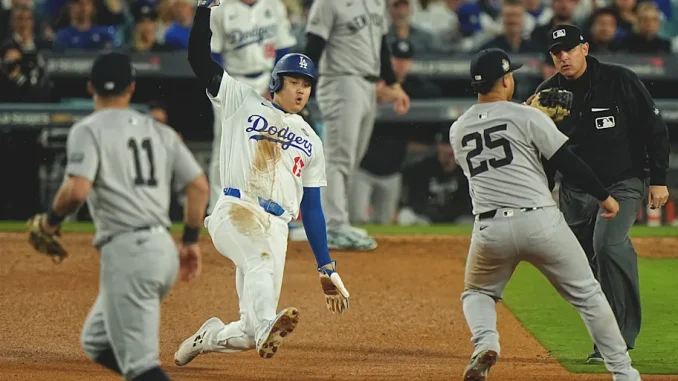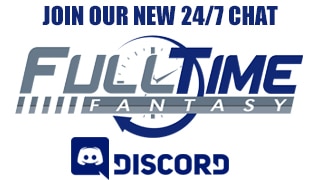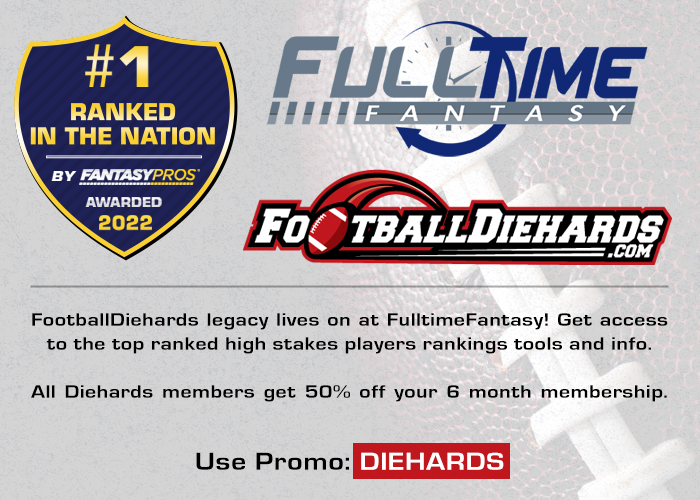
2025 Fantasy Baseball Strategy Guide
This Fantasy Baseball Strategy Guide is courtesy of Shawn Childs. Read Shawn’s expert fantasy analysis at his Substack.
Fantasy baseball is an exciting game, particularly for avid baseball fans who enjoy analyzing player performances. A full season spans approximately 180 days or 26 weeks. My primary experience in fantasy baseball comes from high-stakes, rotisserie-style leagues with no trading. Most formats feature 10 statistical categories—five for batters and five for pitchers—determining league points for this 2025 Fantasy Baseball Strategy Guide.
2025 Fantasy Baseball Basic Player Data
Roto Categories
Batting Average (BA) – This is calculated by dividing total hits by at-bats for a team’s starting hitters. The highest batting average in the league earns first-place points. For example, in a 12-team league, first place receives 12 points, second place gets 11, and so forth down to one point for last place. In a 12-team league, a .2573 batting average was needed to rank in the top 20% in 2024.
Runs (R) – Total runs scored by the team’s starting hitters. A competitive goal in a 12-team league is around 1,100 runs, or 80 per player in a 14-offensive-player format.
Home Runs (HR) – Total home runs hit by a team’s starting hitters. In 12-team leagues, over 309 home runs (about 22 per player) were required to finish in the top three in 2024.
Runs Batted In (RBI) – Total runs driven in by the starting lineup. The target for a 12-team league should be approximately 1,075 RBIs (around 77 per batter).
Stolen Bases (SB) – Total number of steals by starting players. Due to rule changes in recent years, stolen base totals have increased. A fantasy team needed 202 stolen bases to finish in the top 20% for 2025, compared to 198 in 2024.
Pitching Categories
Wins (W) – Total wins earned by the team’s starting pitchers. Managing a roster to secure four wins per week, or 104 across a 26-week season, is ideal. In high-stakes leagues, 94 wins were required to reach the top 20% in 2024.
Earned Run Average (ERA) – Earned runs allowed divided by innings pitched, multiplied by nine. The goal is to have the lowest ERA. A 3.50 ERA was a strong target in 12-team leagues last season.
Walks + Hits per Inning Pitched (WHIP) – A key metric for evaluating a pitcher’s effectiveness, calculated as (walks + hits) / innings pitched. A WHIP of 1.147 in 2024 ranked in the top 20% of 12-team leagues.
Strikeouts (K) – Total strikeouts by starting pitchers. In 12-team leagues, 1,412 strikeouts were needed to finish in the top 20% in 2024.
Saves (SV) – Total number of saves by the pitching staff. Over the past two seasons, around 78 saves were required to remain competitive in 12-team leagues.
League Structure
A standard 12-team rotisserie league typically consists of 30 rounds. Each team drafts 14 hitters and nine pitchers. The hitter lineup includes two catchers, one first baseman, one second baseman, one shortstop, one third baseman, one middle infielder, one corner infielder, five outfielders, and one utility player. Most fantasy managers select seven starting pitchers and two closers for their active lineup.
Bench spots can vary, but having extra starters and a third closer is advisable. Additionally, managers often draft a young prospect, a backup outfielder, a backup middle infielder, and a backup corner infielder.
Understanding the Player Pool
Familiarizing yourself with player values is essential to constructing a winning team. Based on 2024 data, first base, third base, and outfield traditionally provide the most offensive production. However, shortstop has emerged as a premier position for three consecutive years.
A balanced roster requires a mix of elite batters and pitchers, along with high-upside selections later in the draft. Relying solely on past-season stats can be misleading, as player performance varies year to year. Identifying rising stars who will be drafted earlier in future seasons is crucial.
Draft Strategy and Building Blocks
Early draft decisions shape the direction of a fantasy team. Managers selecting a power hitter like Mookie Betts may focus on acquiring speed later in the draft. Conversely, starting with a speedster like Bobby Witt Jr. necessitates prioritizing power-hitting outfielders or corner infielders in subsequent rounds. A balanced approach, like drafting Freddie Freeman, offers flexibility in roster construction.
Offensive Foundations
Building a solid offensive core involves selecting players who excel in multiple categories. After three rounds, targeting players who collectively contribute around 75 home runs and 75 stolen bases establishes a strong foundation. In the 2024 National Fantasy Baseball Championship (NFBC), the winning team secured 248 runs, 93 home runs, 248 RBIs, and 100 stolen bases from its first two draft picks.
Key offensive archetypes:
- Elite Speed with Power and Average: Players like Corbin Carroll and Bobby Witt Jr. offer a unique blend of stolen bases, power, and average.
- High Average/Plus Power: Historically, players like Albert Pujols and Miguel Cabrera fit this mold. In 2024, Juan Soto was a prime example, excelling in runs, home runs, and RBIs.
- Balanced Players: Shohei Ohtani exemplified this by providing 50/50 power and speed potential, comparable to Ronald Acuña’s exceptional 2023 season.
Pitching Strategy
Effective roster construction requires understanding the value of top-tier pitchers. Securing an ace with 15+ wins, a sub-3.00 ERA, and 200+ strikeouts provides a competitive advantage. However, pitching carries significant injury risk, making roster depth critical.
Understanding Closer Value
In 2024, the top 12 closers averaged six wins, 32 saves, and 78 strikeouts, with a 2.214 ERA and 0.947 WHIP. Emmanuel Clase stood out with a 0.605 ERA, 0.659 WHIP, and 47 saves. Securing an elite closer early can be more valuable than drafting a second-tier SP2.
Identifying an Ace Pitcher
Using FPGscores, a fantasy manager can evaluate pitcher tiers:
- Ace baseline: 14+ wins, 2.847 ERA, 1.013 WHIP, 197+ strikeouts.
- SP2 baseline: 13 wins, 3.440 ERA, 1.118 WHIP, 187+ strikeouts.
Drafting strategies depend on how pitchers and hitters are selected in the early rounds. In recent years, elite closers have risen to third and fourth rounds in 15-team leagues but remain slightly discounted in 12-team formats.
Final Thoughts
Winning in fantasy baseball requires a deep understanding of statistical trends, player performance, and draft strategies. Managers must continuously adapt to changes in the player pool, balancing proven talent with high-upside selections. By implementing a structured draft approach and making informed roster decisions throughout the season, fantasy managers can position themselves for success in 2025.
Thanks for reading this 2025 Fantasy Baseball Strategy Guide.
The 2025 NFL off-season is underway but you can still get access to the best help out there! All FullTime Fantasy members get exclusive access to our 24/7 Chat Room on Discord!
All morning on Sunday, Senior Analyst Jody Smith will be standing by to answer all your crucial fantasy questions and keep you updated with all the latest news and injury updates.



